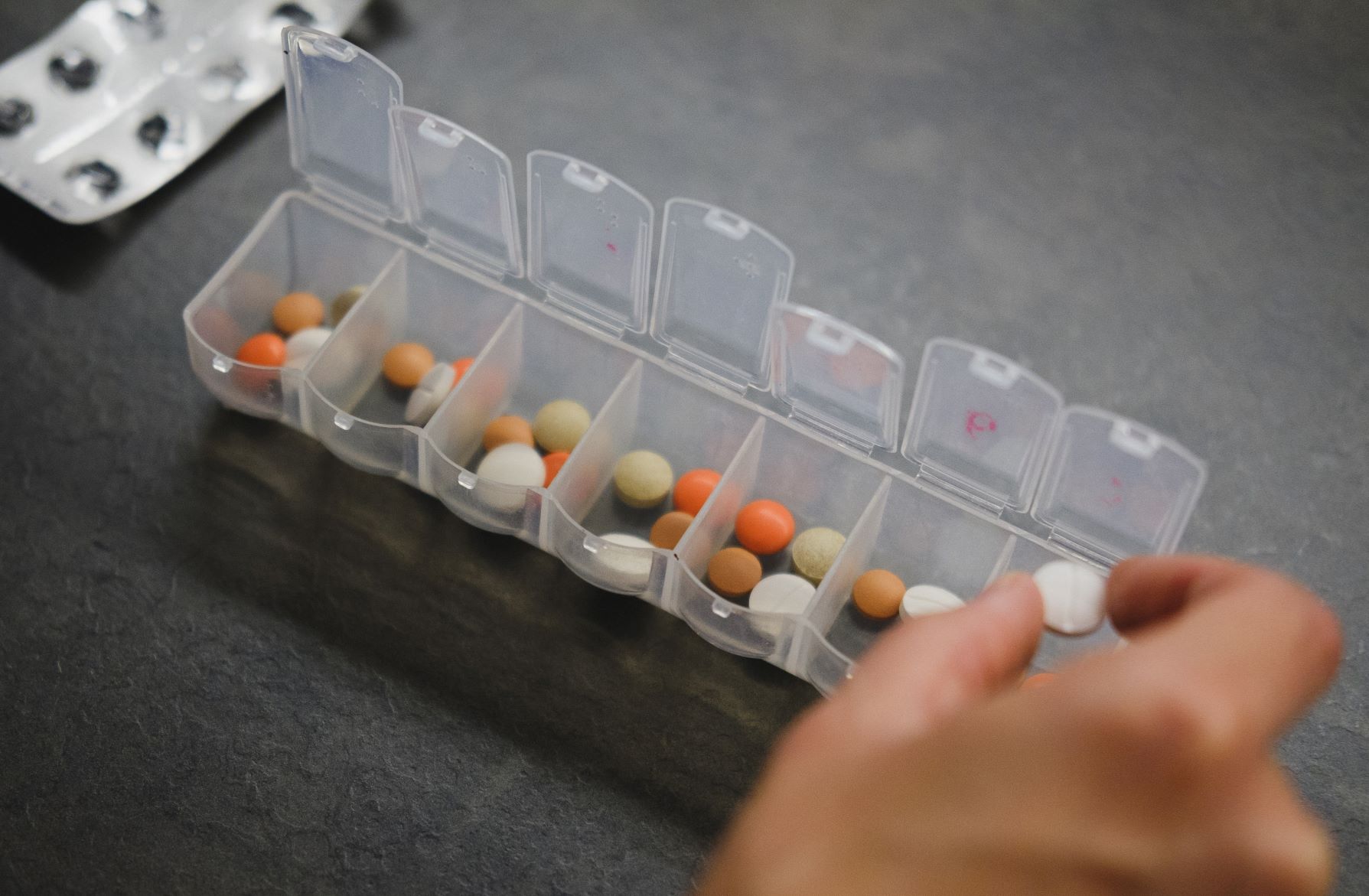 Laurynas Mereckas - Unsplash
Laurynas Mereckas - Unsplash
As claims for kits are allowable in Europe and the USA, kit claims are often featured in pharmaceutical and biotechnology patent applications filed in these jurisdictions.
However, in Australia, kit claims draw closer scrutiny and can encounter difficulties if the kit comprises a combination of known components or ingredients. Such inventions can be found to be a patent ineligible collocation.
When filing a patent application in Australia that has kit claims, amendment of the claims is often necessary. However, as we outline below, the amendments necessary are usually relatively minor and do not substantially alter the scope of the patent.
The objective of kit claims is to cover the combined offering of two or more discrete components in a kit that the end user assembles or uses together, either simultaneously or in sequence, for a specific purpose, or to achieve a specific result.
Claims for kits are sometimes adopted in pharmaceutical and biotechnology patents, such as for combination therapy inventions that use more than one medication to treat a single disease. Another example would be a test kit containing different reagents that are to be used in a certain sequence to test a sample.
When considering the patentability of kits in the Australian context, it is instructive to look at whether the components of the kit are defined in such a way that requires a working interrelationship if assembled or used. Where the individual integers, even if they themselves are known, are defined so as to be capable of only one use, which is to form a new product or achieve a new result, then a working interrelationship exists.
In National Research Development Corporation's Application (1988) AIPC 90-495, the invention under consideration was a kit for use in a luminescent or luminometric assay comprising three components in separate containers.
The hearing officer stated that:
"It seems to me that the inventive concept of the present invention is the enhanced luminescent or luminometric assay which is, for example, defined in claim 1… I consider that the present claim 9 does not contain limitations which ensure that the components are used in the enhanced luminescent or luminometric assay… In my view, claim 9 defines a collection of chemicals which have been assembled in separate containers and which may be used in the luminescent or luminometric assay described in the prior art or the enhanced assay defined in claim 1. Therefore I think that the components of the kit defined in claim 9 are not limited to the present inventive concept. Consequently I consider that claim 9 does not define an aggregation of integers which have a potential working interrelationship, i.e. any more than any collection of chemical reagents.”
In Re Schering Aktiengesellschaft (1990) AIPC 90–649, a hearing officer considered claims to a kit comprising a separate dosage unit packaged in a known type of blister pack. The items of the kit could be used according to the inventive method. However, as the claimed kit did not preclude the items being used in a different way, the claimed kit was found to be an unpatentable collocation.
To be patentable in Australia, if the components of a claimed kit are known, a potential working interrelationship must exist and there must be another feature, such as a package, that only permits use of the components in a novel way or to achieve a novel outcome.
Otherwise, a claimed kit may be patentable where one of the components is novel, or by re-expressing the kit as a method, such as with the inclusion of words of limitation to a method, e.g. "when used" or "whenever used".
The allowability of method of treatment claims in Australia means that for pharmaceutical and biotechnology inventions, including new method of treatment claims is an approach that is often adopted to enhance the scope of the claims.
For any queries about patentability issues in relation to kits in Australia then contact Daniel McKinley.